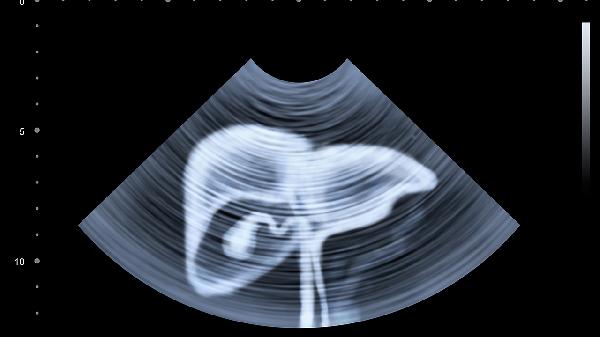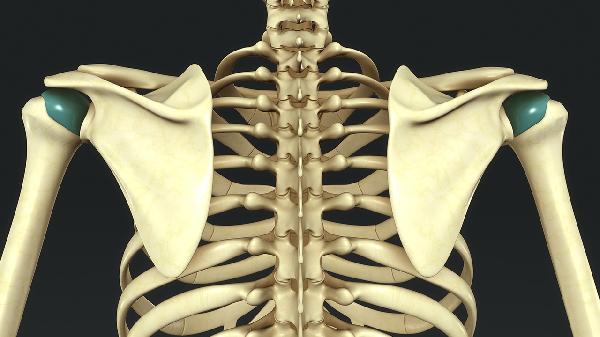If you're looking to build stronger forearms, you're in the right place. Whether you're aiming to improve grip strength for deadlifts, enhance performance in sports like rock climbing, or just want those veins to pop when you flex, targeted forearm exercises are the way to go. Unlike bigger muscle groups, forearms require a mix of endurance and explosive strength training—so let’s break down the best moves to get those gains.

Forearms might not be the flashiest muscle group, but they’re the unsung heroes of almost every upper-body movement. From carrying groceries to crushing a handshake, strong forearms make daily tasks easier and improve performance in weightlifting, martial arts, and even typing (hello, desk warriors). Weak forearms? That’s a fast track to grip failure during pull-ups or awkwardly dropping your dumbbells mid-set. Plus, well-developed forearms balance out your arms, making your biceps and triceps look even more impressive.
Simple but brutal, the farmer’s carry is a full-body exercise that torches your forearms. Grab a pair of heavy dumbbells or kettlebells (start with a weight that challenges you after 30 seconds), stand tall, and walk for distance or time. The key? Let your forearms—not your shoulders—do the work. This exercise builds endurance and teaches your grip to withstand fatigue, which translates to better performance in deadlifts, rows, and even opening stubborn pickle jars. Pro tip: Try uneven loads (e.g., a heavier weight in one hand) to correct imbalances.
Isolate those forearm flexors and extensors with this old-school duo. For wrist curls, sit on a bench with a dumbbell in hand, forearm resting on your thigh, palm up. Curl the weight toward your wrist, then lower slowly. Reverse wrist curls flip the script—palm down—to hammer the often-neglected top of the forearm. Use lighter weights here; it’s about control, not ego-lifting. Shoot for 3 sets of 12–15 reps per variation. Too easy? Pause at the top for 2 seconds or try them on an unstable surface like a yoga ball to fire up stabilizers.
Find a pull-up bar and hang like your gym membership depends on it. Dead hangs build grip endurance and decompress your spine (bonus for desk-bound folks). Start with 3 sets of 20–30 seconds, aiming to increase time weekly. Advanced? Try one-arm hangs or add weight via a dip belt. If your hands give out before your forearms, use chalk or grip pads to reduce slippage. This move also exposes weaknesses—if your fingers peel open first, mix in towel hangs to strengthen individual digits.
Grab two weight plates (smooth sides out) and pinch them together with your fingertips. Hold for time or walk laps around the gym like a waiter carrying bizarre, metal trays. Start with 10–20 seconds and work up to a minute. This exercise targets the thumb muscles often missed in traditional grips, crucial for sports like judo or wrestling. No plates? Use thick books or a dedicated pinch block. Warning: Your forearms will scream, but the functional strength payoff is worth it.
Swap your usual bicep curl grip to palms-down and suddenly, your forearms take center stage. Use an EZ bar or dumbbells to reduce wrist strain, and keep elbows glued to your sides. The trick is resisting the urge to swing—strict form builds tendon resilience. Pair these with Zottman curls (rotate the dumbbell from palm-up to palm-down on the descent) for a brutal finisher. Aim for 3–4 sets of 8–12 reps; if you’re not feeling the burn by rep 8, slow down the eccentric (lowering) phase.
Drape two towels over a pull-up bar, grip one in each hand, and perform pull-ups. The unstable thickness forces your forearms to work overtime to stabilize. Can’t do a full rep? Jump into the top position and lower slowly, or hang for time. Rock climbers swear by this for finger strength, but it’s equally killer for anyone wanting Popeye-level forearms. Modify by using thicker towels or looping them for a narrower grip. Just don’t be surprised if your hands cramp—it’s part of the process.
Consistency is key with forearm training—sneak these exercises into your routine 2–3 times weekly, and you’ll notice a difference in strength and vascularity within a month. And remember: Forearms recover fast, so don’t be afraid to train them hard. Now go crush those grips and make even handshakes intimidating.
























